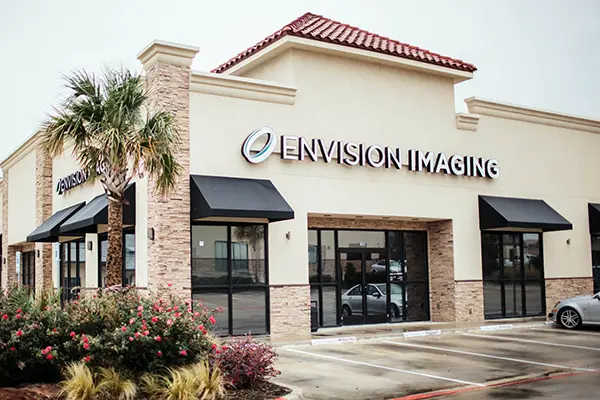Why Would You Need a PET Scan?
Depending on your specific needs, a clinician may combine a PET scan with other scans and tests such as a CT scan or an MRI to provide more information. Generally, PET scans or a combination such as PET and CT scans help clinicians evaluate organs and other tissues for disease or examine their function. The most common use of a PET scan is to detect cancer and create an accurate course of treatment.
Some specific reasons you may receive a PET scan include:
- Diagnose neurological conditions such as dementia, Parkinson’s and epilepsy.
- Locate a specific surgical site in the brain before surgery.
- Evaluate the brain after experiencing trauma to detect clots or bleeding.
- Determine the efficacy of a cancer treatment.
- Assess the usefulness of a therapeutic procedure to improve blood flow.
- Identify lung lesions or masses after their detection on a chest X-ray or CT scan.
- Follow the progress management and treatment of lung cancer.
- Detect the recurrence of tumors as early as possible.
Benefits of a PET Scan
PET scans let clinicians access unique information that is often unattainable using other imaging technology, allowing them to make informed decisions regarding your care. Some additional benefits of receiving a PET scan include:
- More precise information than exploratory surgery.
- Identifying changes in the body at a cellular level to detect diseases as early as possible.
- Delivering the most useful diagnostic information.
- Noninvasive and painless procedure.
- Minimal or no recovery period necessary.
What to Expect During a PET Scan
A PET scanner looks similar to a CT or MRI machine and is a large circular machine with a short tunnel in the center. During the scan, you will lie on an exam table that will slide into the tunnel to examine a specific body part. While the exact protocol may vary between procedures, all patients must remove any jewelry or metal objects before receiving a PET scan.
Once the patient is ready, the clinician will place one or two IV lines into the hand or arm and inject the radiotracer. It can take 30 minutes to one hour for the radiotracer to concentrate in the organs and tissues. During this time, the patient will remain in the facility. After the appropriate amount of time passes, the patient will move the exam table, and the PET scan will begin with the scanner moving slowly over the specific body part.
After the scan is complete, the clinician will remove the IV line, and you can resume your normal activities.







